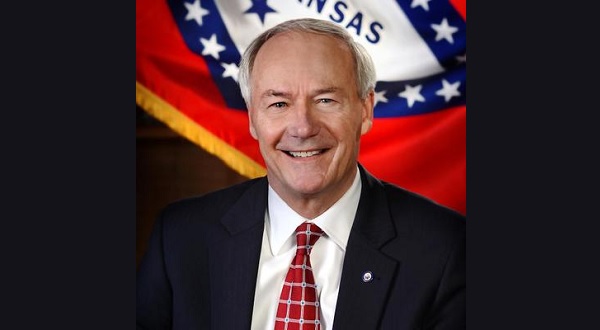
This week, I unveiled my plan to cut the number of cabinet-level agencies in state government from 42 to 15, a reduction of 64 percent. This initiative to make state government more efficient is one of the most important undertakings of my administration.
I developed this plan with the leadership of my Chief Transformation Officer Amy Fecher and with advice from the members of the Transformation Advisory Board, who have spent the past 18 months looking for ways to transform state government.
I also sought the views of the director of each of the 42 agencies. For perspective, as we consider the importance of reducing the size of government, consider that number for a moment: 42 cabinet-level agencies, all of which by law answer directly to me. If the director of each agency needed my attention for just one hour a week, that would be a 40-hour bite out of my schedule before I ever made the first telephone call to recruit a company or traveled the state to visit with farmers.
I wouldnt have much time for other state business. When you add in the states more than 200 boards and commissions, were talking about a really big government.
Before I outline what this proposed reorganization accomplishes, I would like to emphasize what the plan does not do. We have been mindful that as we shrink the government, we are dealing with real people. This plan does not call for any layoffs or cut any essential services.
This reform has been an ongoing effort. In 2015, we moved the Department of Rural Services into Economic Development. We moved the Lottery Scholarship, which was an independent agency, into the Department of Finance. In 2017, the Energy Office went into Department of Environmental Quality.
Now we are finishing the job with a cohesive plan. This plan reduces the fragmentation of government using existing resources without increasing staffing levels. This will improve delivery of services to taxpayers by breaking down silos within state government and combining agencies in a way that allows for increased coordination. This will improve management control, and provides more support and accountability.
Regulatory and licensing boards will retain their authority and revenue sources. Agencies, boards, and commissions will retain their revenues streams as required by law.
This is the first comprehensive reorganization of state government in 50 years. It was 1971 when Governor Dale Bumpers reduced the number of major agencies from almost 60 to 13. Its time we take a hard look at how we do things and improve our performance.
Now that the plan has been presented, it is important to listen. We want to listen to the comments from the public, legislators, industry, and state employees.
In January, I will formally present this plan to the General Assembly, and with their support, I will sign this historic transformation of government into law.
But my signature wont mark the end of this process only the beginning. Transformation of government will continue as we keep looking for new ways to make state government work better for the people of Arkansas.
WebReadyTM Powered by WireReady® NSI










